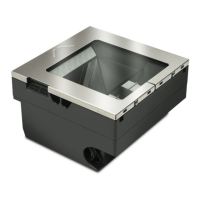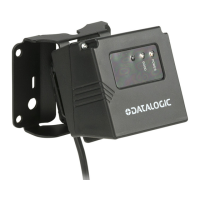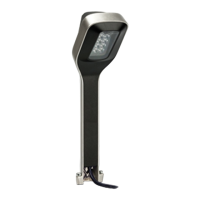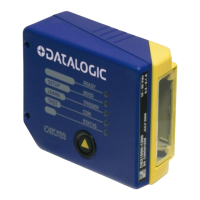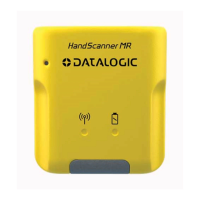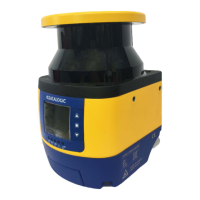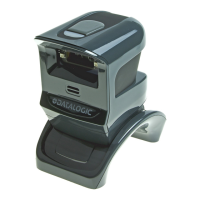Calibration Procedures
84
Magellan™ 9800i Scanner
Decreasing-Load Test
This test ensures that the scanner/scale responds properly when a heavy object is followed by
a significantly smaller object.
NOTE
If the upper weight limit for your scale is set to other than 30
pounds, begin by placing weight equaling your upper limit set-
ting.
SINGLE INTERVAL DUAL INTERVAL
1. Place a 30.0-pound load on the scale and verify
that the display shows between 29.99 and 30.01
pounds.
1. Place a 30.0-pound load on the scale and verify
that the display shows between 29.99 and 30.01
pounds.
2. Remove weights to leave 20 pounds on the
scale. Check that the display shows between
19.99 and 20.01.
2. Remove enough weights to leave 20 pounds on
the scale. Check that the display shows between
19.99 and 20.01.
3. Remove another 15.0 pounds from the scale
and check that the scale reads 5.00 lb.
3. Remove 8.0 pounds and verify the display reads
between 11.995 and 12.01 pounds.
4. You have completed the Decreasing Load Test. 4. Remove 4.0 pounds and verify the display reads
between 7.995 and 8.005 pounds.
5. Remove another 6.0 pounds from the scale and
check that the scale reads 2 lbs.
6. You have completed the Decreasing Load Test.
Return to Zero Test
This test ensures that, after all other tests have been completed successfully, the scanner/scale
returns to zero. Remove all weights from the scale and verify that the scale reads 0.00 lb.
After completing this test, close the calibration access cover and seal per local Weights and
Measures requirements. This
final step must agree with the legal requirements of your
state or local government.
You have completed the calibration and verification process for weighing in pounds.
If the scanner/scale passes all these tests:
1. Remove the weigh platter, inst
all the calibration switch cover and install a seal (if
required).
2. Reinstall the weigh platter.
If the scale fails any of these tests, turn to Section 4, Problem Isolation and follow the
troubleshooting procedures for Scale Failures.
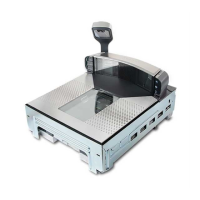
